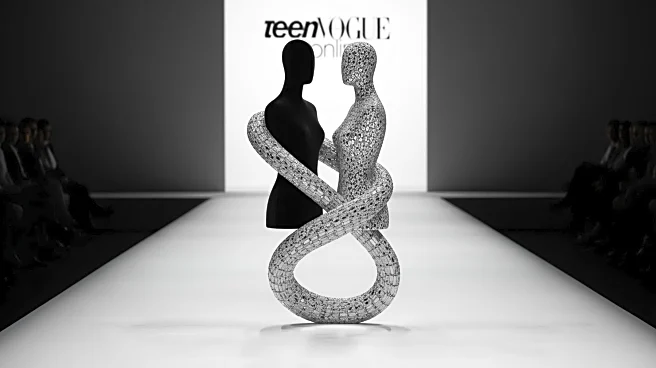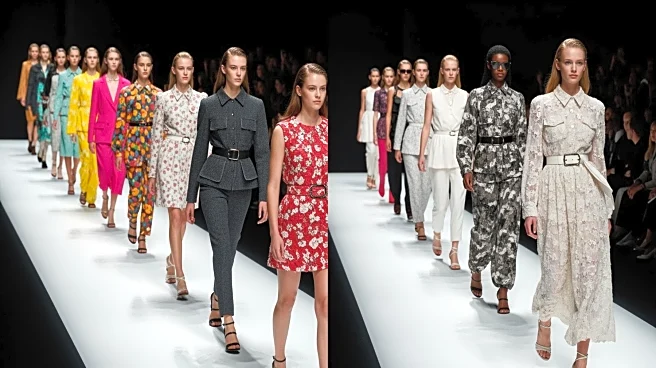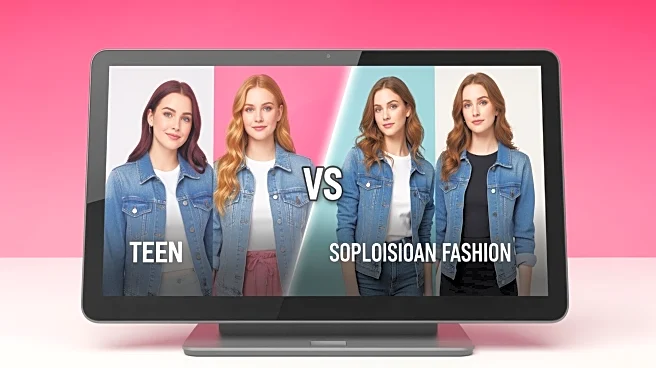What's Happening?
Condé Nast has announced the integration of Teen Vogue into Vogue.com, resulting in significant changes to the editorial team. Teen Vogue's editor-in-chief, Versha Sharma, is stepping down as part of the restructuring, which includes layoffs affecting
several staff members. Despite these changes, half of the Teen Vogue team will remain, with some editorial staff and audience development personnel being absorbed into Condé Nast. Chloe Malle, Vogue's head of editorial content, will oversee Teen Vogue moving forward. The decision has sparked criticism from Condé Nast's union, which condemned the layoffs, particularly highlighting the impact on marginalized employees, including BIPOC women and trans individuals. The union expressed concerns over the absence of dedicated political editors at Teen Vogue following the restructuring.
Why It's Important?
The integration of Teen Vogue into Vogue.com reflects broader trends in the media industry, where digital consolidation is becoming increasingly common. This move aims to streamline operations and potentially expand Teen Vogue's reach by leveraging Vogue's established platform. However, the layoffs and restructuring have raised concerns about diversity and representation within the editorial team, as the union highlights the disproportionate impact on marginalized groups. The absence of political editors may affect Teen Vogue's ability to cover critical issues, potentially altering its editorial focus and influence. This development underscores the challenges faced by media companies in balancing financial sustainability with maintaining diverse and comprehensive content.
What's Next?
As Teen Vogue transitions into Vogue.com, stakeholders will be closely monitoring the impact on content and audience engagement. Condé Nast's union is seeking answers from management regarding the layoffs and future editorial direction. The integration may lead to changes in Teen Vogue's editorial strategy, with potential shifts in focus away from political coverage. The media industry will be watching how Condé Nast navigates these changes, particularly in terms of maintaining Teen Vogue's unique voice and appeal to its audience. The restructuring could also prompt discussions about diversity and representation in media, influencing future hiring and editorial decisions.
Beyond the Headlines
The integration of Teen Vogue into Vogue.com raises questions about the long-term implications for media diversity and representation. As media companies consolidate, there is a risk of homogenizing content and reducing the diversity of voices and perspectives. This development highlights the need for media organizations to prioritize inclusivity and representation, ensuring that marginalized groups are not disproportionately affected by restructuring efforts. The absence of political editors at Teen Vogue may also impact the magazine's ability to engage with younger audiences on important social and political issues, potentially altering its role as a platform for youth activism and advocacy.













